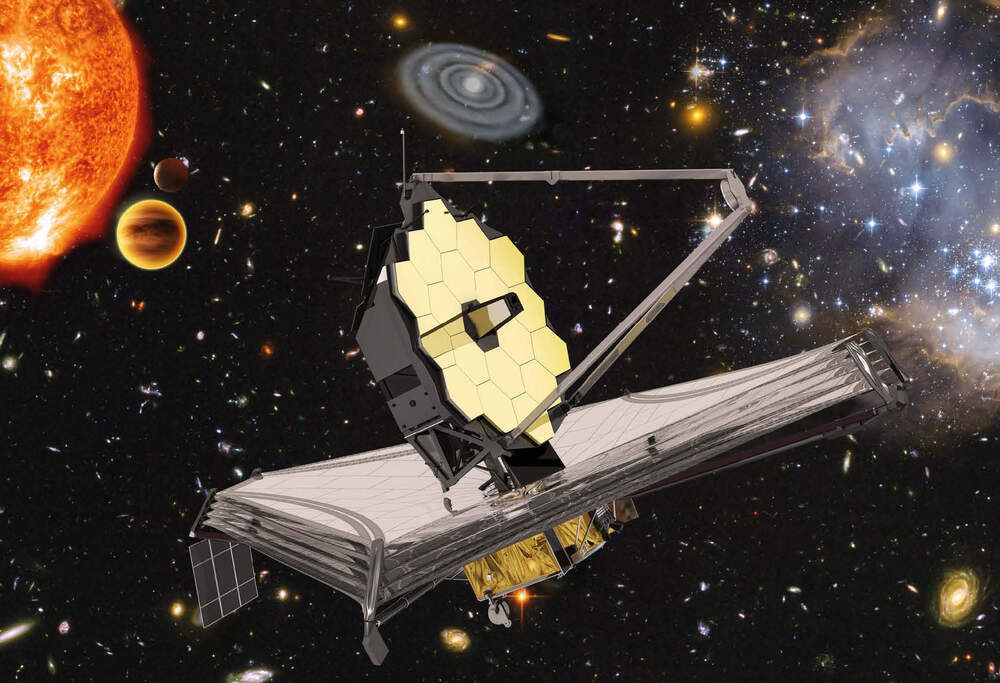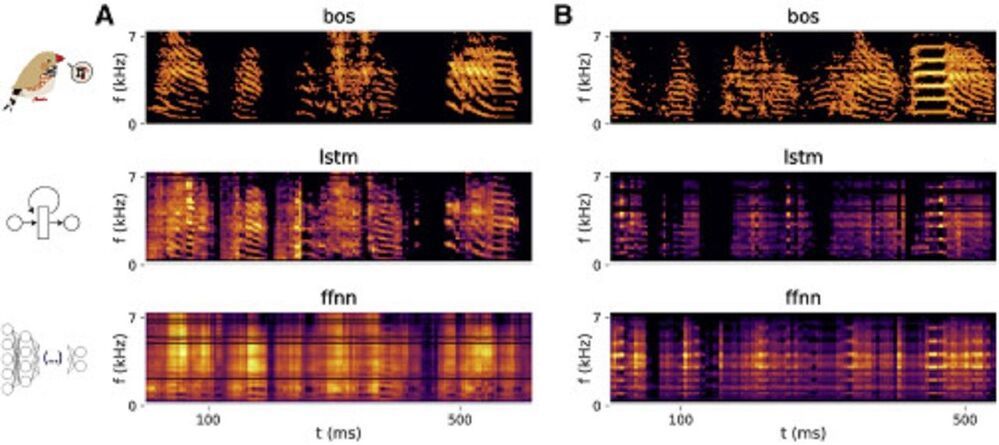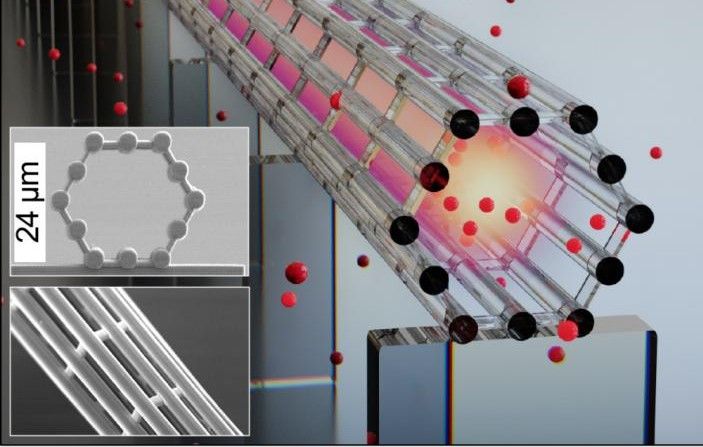For the first time, scientists from the ALPHA collaboration at CERN reported successfully manipulating antimatter with the use of a laser system — potentially changing antimatter research and guide future experiments on the field.
Antimatter basically refers to the opposite of matter. Specifically, antimatter has sub-atomic particles whose properties (such as electric charge) are the opposite of normal matter. Most of the challenges surrounding the detection and observation of antimatter come from the fact that it immediately “annihilates” when it comes into contact with normal matter.
The ALPHA collaboration scientists report their findings in the article “Laser cooling of antihydrogen atoms,” appearing in the latest journal Nature, March 31.







